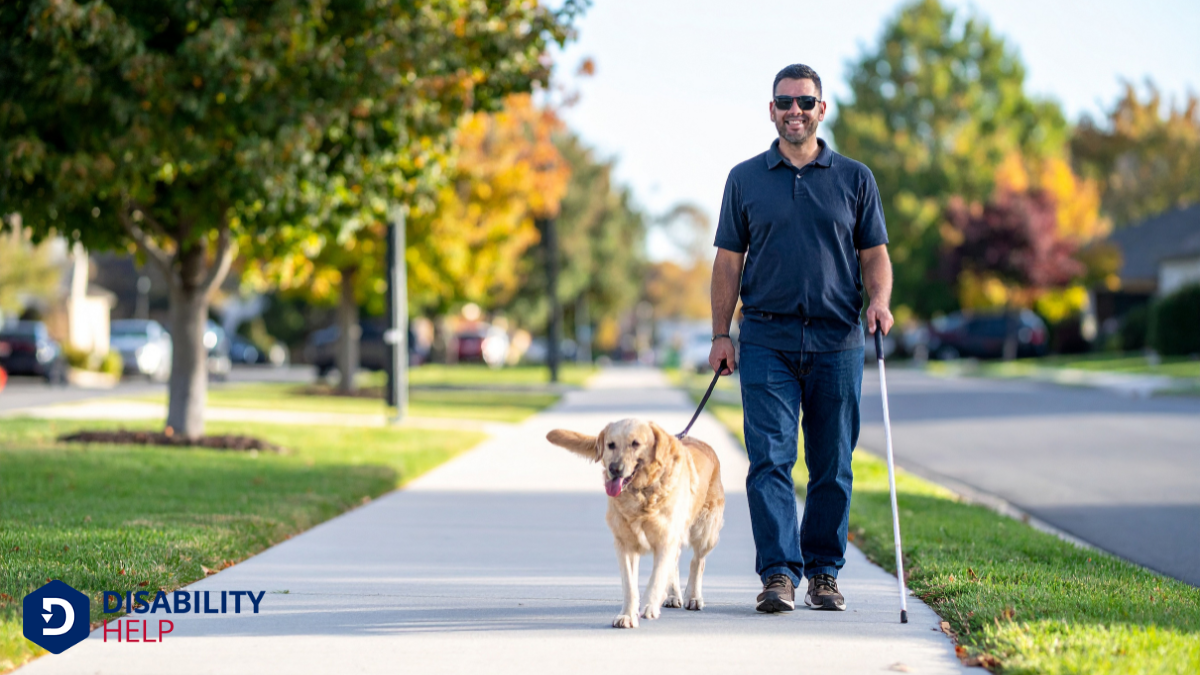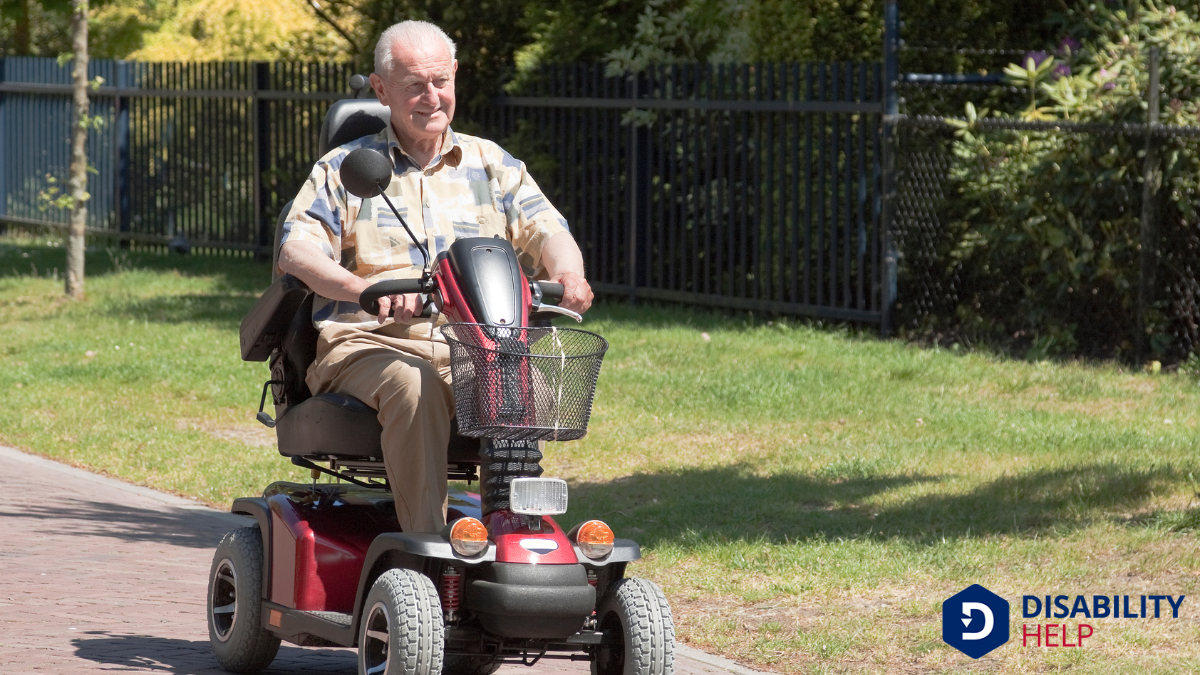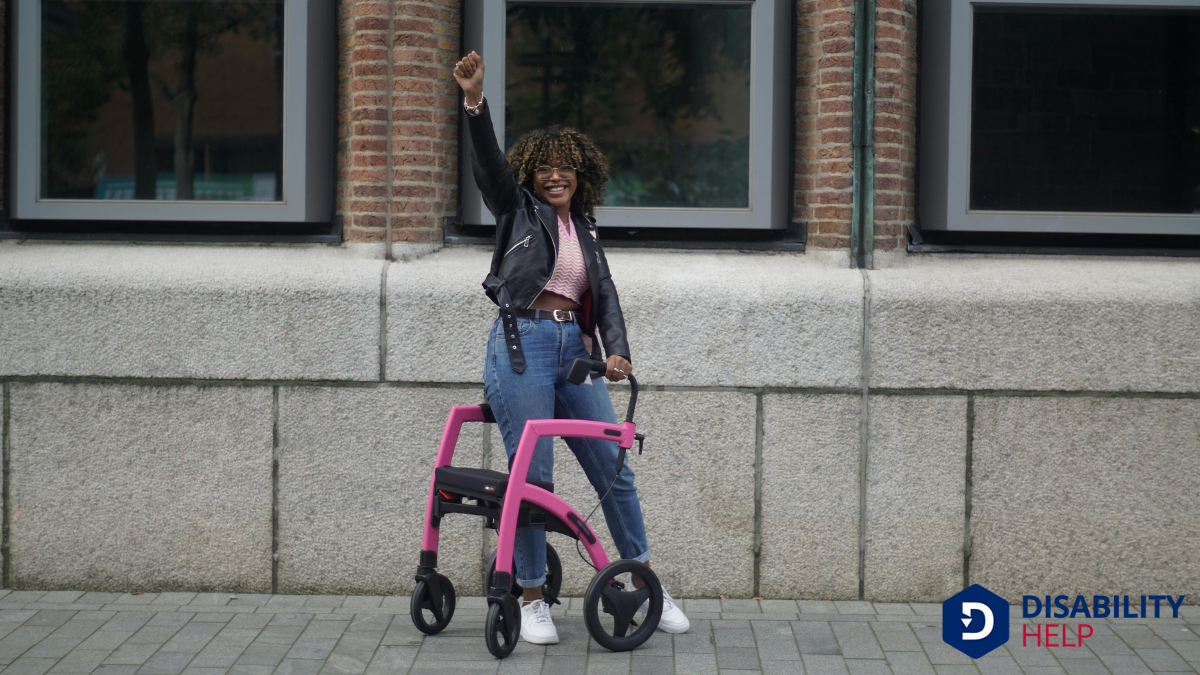When we think about mobility aidsDevices designed to help individuals move around more easily, such as canes, walkers, or wheelchairs..., walkers are a prime example that comes to mind. They offer the stability and support many of us need to move confidently in our daily lives. With adjustable handles and convenient storage options, walkers are designed for comfort and practicality. But how do they compare to other mobility aids, like canes or wheelchairs? Let's explore the features and benefits of these essential tools further.
Key Takeaways
- Canes provide balance and support for individuals with mobility challenges, reducing pain and fatigue while walking.
- Walkers enhance stability and balance, offering customization options for safer movement and reduced fall risk.
- Wheelchairs offer autonomy and self-reliance, enabling users to navigate daily life with confidence and ease.
- Scooters are designed for various needs, featuring adjustable seats, safety measures, and storage options for enhanced independence.
- Crutches transfer weight from the legs to the upper body, aiding healing and providing support for mobility challenges.
Understanding Mobility Aids
Mobility aids play an essential role in enhancing the independence and quality of life for individuals with mobility challenges. We often find ourselves exploring these tools to guarantee everyone can move freely and safely.
Mobility aids come in various forms, such as walkers, wheelchairs, and scooters, each tailored to different needs. They’re not just about movement but also about empowering us to participate in daily activities.
Understanding these aids means recognizing their potential to bridge gaps in mobility, making environments more accessible. We must consider factors like stability, convenience, and user comfort when selecting the right aid.
The Role of Canes in Mobility

While often overlooked, canes play an essential role in enhancing mobility for many individuals. They provide support and balance, making walking safer and more comfortable. By redistributing weight away from a weaker or injured leg, canes help reduce pain and fatigue.
We often use them on uneven surfaces or stairs, where stability is vital.
Canes come in various styles, from traditional wooden models to adjustable metal versions with ergonomic grips. This variety allows us to find the perfect fit for our height and needs.
Whether recovering from an injury or dealing with chronic conditions, canes offer a simple yet effective solution for maintaining independence.
Let’s not underestimate their impact on improving our mobility and quality of life.
Exploring the Benefits of Walkers
Let's explore how walkers can notably enhance our stability and balance, making everyday movements safer.
They not only support our physical independence but also offer various customization and versatility options to meet individual needs.
With the right walkerA mobility aid with a metal frame and sometimes wheels, used by individuals who need additional supp..., we can confidently navigate our surroundings and maintain an active lifestyle.
Enhancing Stability and Balance
Steering the world with confidence often hinges on our ability to maintain stability and balance, and walkers play an essential role in this journey.
These versatile tools offer us the support we need to navigate our surroundings safely and securely. As we age or face mobility challenges, balance can become unpredictable. Walkers provide a sturdy framework, reducing the risk of falls and giving us the assurance we need to move freely.
They help redistribute our weight evenly, allowing us to stand upright without straining our muscles or joints. By offering a reliable grip and support structure, walkers empower us to engage with our environment more confidently.
With each step, we enhance our balance, making daily activities more accessible and less intimidating.
Facilitating Independence and Mobility
Walkers are more than just tools; they're gateways to renewed independence and increased mobility. As we age or face mobility challenges, walkers provide the support we need to navigate our world with confidence.
They help us stand tall, move freely, and reclaim activities we might've thought were lost. With the aid of a walker, we can enjoy strolls in the park, shopping trips, or visits with family and friends without fear of losing balance or falling.
These devices empower us to manage our daily routines independently. By reducing reliance on others, walkers boost our self-esteem and enhance our quality of life.
Let’s embrace the freedom they offer, knowing that with each step, we’re taking control of our journey.
Customization and Versatility Options
While walkers grant us newfound independence, their true strength lies in their customization and versatility. By adapting them to our specific needs, we enhance both comfort and functionality.
Adjustable heights guarantee that walkers fit our stature perfectly, reducing strain and improving posture. Adding accessories like baskets or pouches lets us carry essentials hands-free, making daily tasks more manageable.
For those of us who enjoy outdoor activities, all-terrain wheels transform our walkers into reliable companions on various surfaces. Hand grips and seat attachments add extra comfort, turning long outings into enjoyable experiences.
Walkers can also be folded for easy storage and transport, making sure they're always accessible. By customizing our walkers, we maximize their benefits, empowering us to live more active and fulfilling lives.
Wheelchairs: A Key to Independence
For many of us, wheelchairs represent more than just a means of transportation; they're an essential component of autonomy and self-reliance.
These devices empower individuals to navigate daily life with confidence and ease. Whether we’re at home, work, or exploring the world, wheelchairs offer the freedom to move independently and engage with our surroundings on our terms.
The design of wheelchairs has evolved, allowing for greater comfort and maneuverability.
Lightweight materials and ergonomic features enhance the user experience, making it easier for us to maintain an active lifestyle. By choosing the right wheelchair, we can tailor our mobility aid to our unique needs, ensuring it supports our independence.
Essentially, wheelchairs are more than tools; they’re keys to a life of independence.
Scooters for Enhanced Mobility

Let's explore how scooters can improve our mobility by looking at the different types available and their key features.
We'll see how these scooters offer benefits like increased independence and convenience.
Together, we can figure out how to choose the right model to fit our individual needs.
Types of Mobility Scooters
Mobility scooters come in various types, each designed to meet different needs and preferences. Let’s explore the options together.
First, we've travel scooters, which are lightweight and portable, perfect for those who need a scooter on the go. They’re easy to disassemble and fit into the trunk of a car.
Next, we find mid-size scooters, offering more comfort and stability for everyday use. They come with enhanced features compared to travel scooters.
Finally, there are heavy-duty scooters for those requiring more power and durability. These scooters can handle rougher terrains and support higher weight capacities.
Key Features and Benefits
Understanding the various types of mobility scooters sets the stage for us to explore the key features and benefits that enhance our mobility experience.
First, scooters typically offer adjustable seats and handlebars, allowing us to customize our comfort. Most models also include a swivel seat, making it easier to get on and off.
Safety is a priority, so anti-tip wheels and effective braking systems are standard. Compact designs guarantee easy transport and storage, while long-lasting batteries provide extended travel range, minimizing the need for frequent charging.
Convenience is key, with scooters often featuring storage baskets or compartments for our personal belongings. Additionally, many models come with LED lights, guaranteeing visibility during evening outings.
These features collectively enhance our independence and daily mobility.
Choosing the Right Model
When considering which mobility scooterA powered scooter designed to help individuals with limited mobility travel short distances. best suits our needs, how do we navigate the myriad options available?
First, let's assess our lifestyle. Do we need a scooter for indoor use, or are we planning to tackle rougher outdoor terrains?
Next, think about portability. If we frequently travel, a lightweight, foldable model might be ideal.
Battery life is essential, especially if we plan on long journeys without frequent recharges.
Comfort shouldn't be overlooked either; adjustable seats and ergonomic handles can make a world of difference.
Let's also consider weight capacity to guarantee safety.
Finally, budget plays a role. We should weigh the features against costs to find a scooter that offers the best value.
Crutches: Support and Balance
Crutches are essential tools that provide both support and balance for those recovering from injuries or with mobility challenges. They help us maintain independence and stability when walking is difficult. By transferring weight from our legs to our upper body, crutches reduce stress on injured limbs and aid in healing.
We often see crutches in two main types: underarm and forearm. Underarm crutches, sometimes called axillary crutches, are more common and offer strong support. Forearm crutches, or Lofstrand crutches, provide enhanced mobility and are favored for long-term use.
It's important to adjust crutches properly—ensuring they fit our height and arm length—to prevent strain and maximize comfort.
Let’s remember to use crutches on flat surfaces and avoid obstacles for safety.
Rollators: Combining Features for Versatility
While crutches offer support and balance, rollators step up as versatile mobility aids that combine multiple features for greater convenience. They’re not just about walking; they enhance our mobility experience.
Rollators come equipped with:
- Wheels: Unlike traditional walkers, rollators have wheels for easy maneuverability.
- Seats: Built-in seats provide resting spots when we need a break.
- Brakes: Hand brakes guarantee safety and control on various terrains.
- Storage: Baskets or bags attached to rollators help us carry essentials hands-free.
- Adjustability: Height-adjustable handles cater to our comfort and posture needs.
These features make rollators suitable for both indoor and outdoor use, allowing us to move with confidence and ease.
Whether recovering from surgery or managing chronic conditions, rollators adaptA grassroots disability rights organization in the U.S. that focuses on promoting community-based se... to our needs seamlessly.
The Impact of Mobility Aids on Daily Life

Although often underestimated, mobility aids profoundly transform our daily lives by enhancing independence and accessibilityThe design of products, devices, services, or environments to be usable by people with disabilities..... With these tools, we can navigate spaces that might otherwise restrict us, allowing for a sense of freedom and empowermentThe process of gaining control, authority, and power over one’s life, often used in the context of....
Whether we're using canes, walkers, or wheelchairs, these aids offer us the ability to engage with our surroundings more actively, reducing barriers that might impede our participation in social and leisure activities.
Mobility aids aren’t just about getting from point A to B; they improve our quality of life. They can alleviate physical strain, reduce pain, and boost our confidence in handling daily tasks.
Choosing the Right Mobility Aid for Your Needs
How do we determine which mobility aid best suits our needs? First, we assess our mobility challenges and daily activities. Do we need support for walking short distances or something more robust for prolonged use?
Consulting with healthcare professionals helps us understand our specific requirements. They can guide us in considering our physical abilities and lifestyle.
Here’s what we should think about:
- Stability: Do we need more balance support?
- Maneuverability: How easily can we navigate tight spaces?
- Portability: Will we need to transport the aid frequently?
- Adjustability: Can it be modified to fit our body comfortably?
- Cost: What’s our budget, and are there financial aids available?
Conclusion
To sum up, we've explored various mobility aids, from canes and walkers to wheelchairs and scooters, each offering unique benefits tailored to individual needs. These aids don't just provide support and balance; they empower us to maintain our independence and confidently engage in daily activities. By understanding and choosing the right mobility aid, we can enhance our quality of life and reduce the risk of falls. Let’s embrace these tools to move forward with confidence and freedom.






